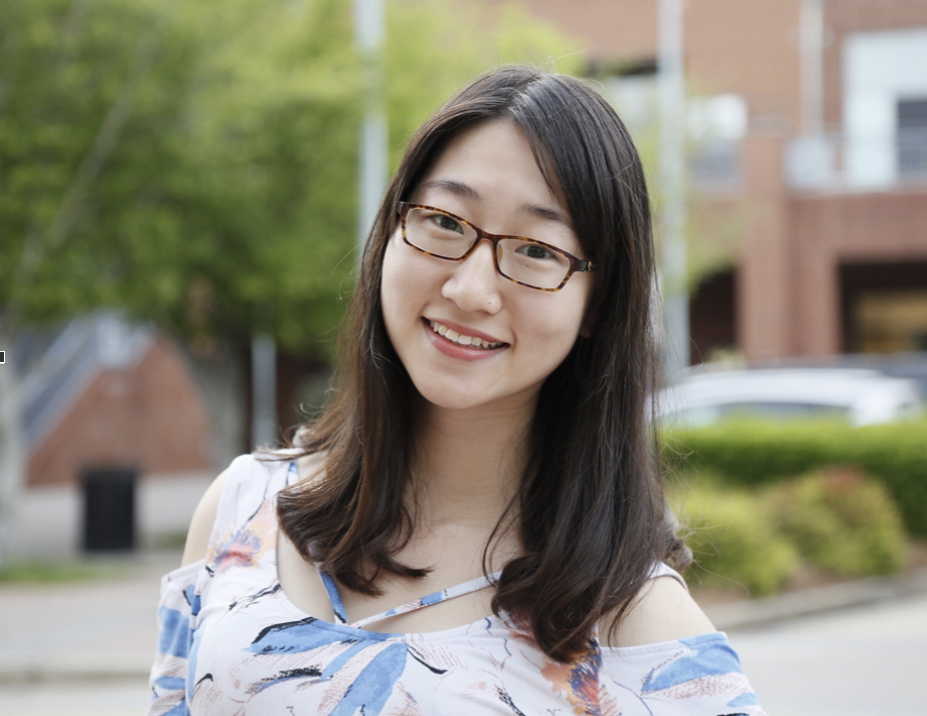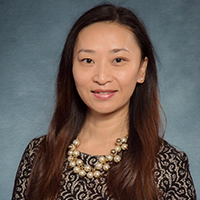
Ruoyo Sun is the winner of the 2017 Makovsky Best Master Thesis of the Year Award.
Information source can make up a compelling story, depending on how credible it is. A most recent study on genetically modified foods (GM foods) confirmed that source cues will not only have an impact on individuals’ risk perceptions on food safety but also on their purchase intention. Specifically, information provided by a credible source may lead to a greater willingness to acceptance, resulting in more positive attitudes and potential behavioral intentions to purchase GM foods.
The rapid development of genetic engineering technology has made GM foods a topic of concern to consumers, marketers, policy regulators, scientists and researchers. Although GM foods carry notable benefits, publics still remain skeptical about these so-called “Frankenfoods.” This phenomenon is especially salient on social media (Munro, Hartt, & Pohlkamp, 2015) where information – truthful or otherwise – can be communicated directly without validation. With the fact that young Millennials, consumers between the ages of 18-25 as defined by the Pew Research Center in 2016, spend a considerable amount of time using social media as their major information source for various topics and reasons, we questioned whether the credibility of sources via social media would influence young Millennials’ perceptions on risks and benefits toward GM foods. By comparing such perceptions between young Millennials in China and the U.S., we found that:
- Young Millennials’ risk attitude significantly influenced their purchase intention toward GM foods. In both China and the U.S., risk-seeking participants had a higher purchase intention for GM foods than risk-aversion participants.
- Using a single source is insufficient in influencing young Millennials’ decision-making in purchasing GM foods. None of the following information sources (i.e., policy regulators, scientists, social media influencers nor food companies) could effectively lower young Millennials’ risk perception and increase their purchase intention toward GM foods by itself.
- There was a significant interaction effect of source credibility and risk attitude on Chinese young Millennials’ risk perception of GM foods. Specifically, risk-seeking participants trust more in the messages delivered by scientists than food companies.
Such key findings provide practical implications for communication practice when developing communication and social media strategies to educate young Millennials. Results of our study indicated if the goal is to reduce young Millennials’ risk perception of GM foods, using a single information source to advocate the benefits of GM foods is insufficient. A combination of reliable sources will be more effective. In addition, such persuasive efforts should be long-term oriented, focusing on the benefits of GM foods.
Not surprisingly, country of origin does matter when referring to the credibility of cited sources. For example, practitioners in China should consider using scientists as the major information source in order to successfully transmit the benefits of GM foods to target consumers. While in the U.S., using a mixed approach of scientists and policy regulators proved to be more effective.
Results also found, in both countries, risk-seeking and risk-aversion participants had similar risk perception of GM foods.
However, risk-seeking participants had a higher purchase intention toward GM foods than risk-aversion participants. Therefore, the communication strategies when reaching out to risk-aversion participants shall be more encouraging and inviting in order to remove their reluctance in taking actions.
Lastly, our research confirmed gender difference. In the U.S., male participants with a lower level of risk perception tend to trust more in GM foods and are more willing to buy, if compared to females. While in China, male participants already indicated a much higher level of trust and perceived benefits of GM foods than females regardless of their risk attitudes. Such gender difference should be considered and incorporated into communication strategies to enhance the persuasive power of information source.
 Ruoyu Sun winner of the 2017 Makovsky Master Thesis Award. A recent graduate of the Grady College of Journalism and Mass Communication at University of Georgia.
Ruoyu Sun winner of the 2017 Makovsky Master Thesis Award. A recent graduate of the Grady College of Journalism and Mass Communication at University of Georgia.
 Advisor: Juan Meng, Ph.D., is the Director of University of Georgia’s ADPR China Program and Associate Professor in Public Relations at the University of Georgia.
Advisor: Juan Meng, Ph.D., is the Director of University of Georgia’s ADPR China Program and Associate Professor in Public Relations at the University of Georgia.



